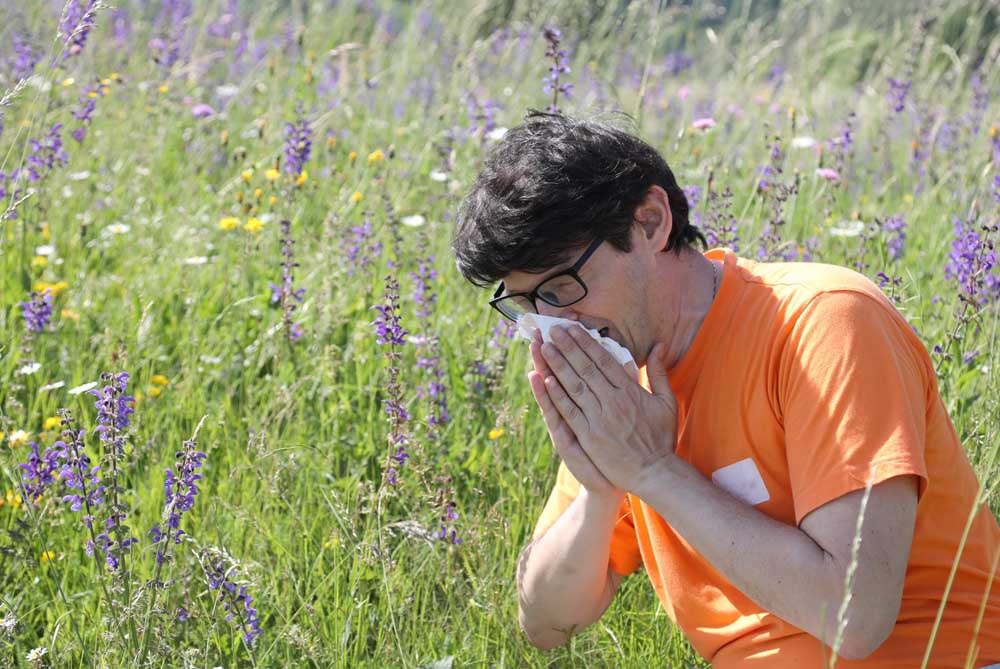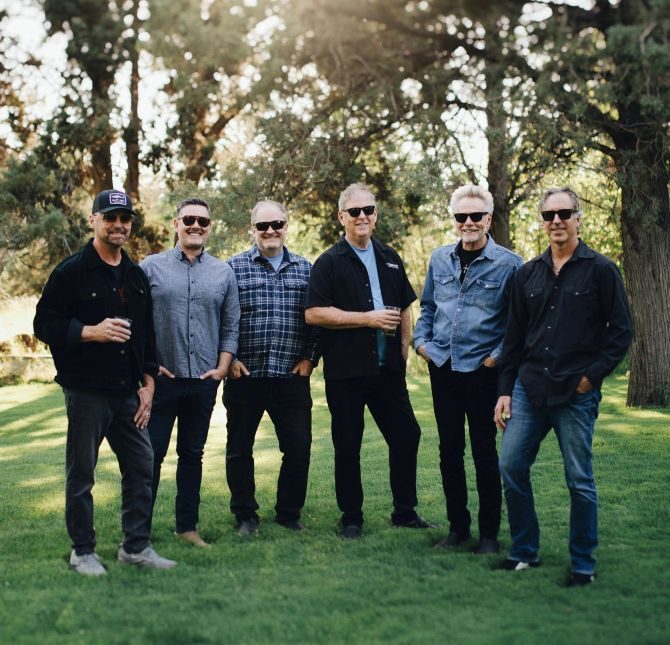Gardening corner: Coming of spring nothing to sneeze at
Published 4:00 am Sunday, March 26, 2023

- Estimates from throughout the United States show the increase of allergy days has been by 11 to 27 days according to the Asthma and Allergy Foundation of America.
The recent snow and rain probably seemed discouraging but take a long, hard squint at the deciduous trees and shrubs and you are apt to see a slight coloration in the branches. It’s a far cry from the budding process in full swing, consider it a hopeful sign. Along with the good there always has to be some bad to challenge us. I am speaking specifically about the allergy season.
The timeline for seasonal allergies has changed with the climate changes. Estimates from throughout the United States show the increase of allergy days has been by 11 to 27 days according to the Asthma and Allergy Foundation of America. Pollen season on an average, starts around 20 days earlier than in 1990.
I am a list maker: grocery lists, to do lists, seed lists, take to thrift shop list and on and on. Recently I compiled a list of trees, shrubs, and perennials that will go into my permanent file as a shopping guide and landscape reference. I used “The Allergy-Fighting Garden,” Thomas Ogren, “Water-Wise Gardening in Central Oregon,” a publication of Oregon State University Extension and the city of Bend, “Fire-Resistant Plants for Home Landscapes,” a Pacific Northwest Extension publication.
The criteria I used had to be relevant to our area. I chose those references to address current concerns of the allergy season, wildfire threats and drought. The allergy ratings are based on the Ogren Plant Allergy Scale of 1-10 with 1 being the least allergenic. I listed landscape materials with of a rating of 1-5. KEY: allergy rating-AR drought rating-WW fire rating FR
Evergreen trees and shrubs with an AR of 1-5
White Fir-Abies concolor AR-2 WW FR
Juniper species-females that produce berries, rated as low; male junipers are rated as high
Western Larch-Larix occidentalis AR-2 WW FR
Colorado Blue Spruce-Picea pungens var. glauca AR-3 WW
Oregon Grape Holly-Mahonia aquifolium AR-2 includes Creeping Oregon Grape WW FR
Mountain Mahogany, Curl-Leaf-Cercocarpus ledifolius AR-4 WW
Most Azaleas & Rhododendrons AR-4 WW FR
Yucca AR-2 WW FR
Ground covers with an AR 1-5
Carpet bugleweed-Ajuga repans AR-1 FR
Candytuft-Iberis sempervirens AR-2 WW
False Rock Cress-Aubrieta deltoidea AR-2 WW FR
Dianthus, Garden carnation or Pinks AR1-3 WW FR
Ice Plant-Delosperma nubigenum AR-3 WW FR
Partridge Feather-Tanacetum densum AR-5 WW
Phlox, Creeping or Moss AR-3 WW FR
Potentilla, Creeping AR-3 WW
Sedum or stonecrops AR-2 many drought-resistant varieties FR
Broadleaf shrubs with an AR of 1-5
Juneberry or serviceberry-Amelanchier species AR-3 WW FR
Mock orange-Philadelphus species AR 4-5 WW
Potenilla or Cinquefoil-Potentilla fruticosa AR-3 WW FR
Russian Sage-Perovskia atriplicifolia AR 1-2 WW FR
Snowberry-Symphoricarpos albus AR-3 WW FR
Perennials with an AR of 1-5
Agastache AR-3 WW
Basket of Gold AR-3 WW FR
Catmint-Nepeta AR-2 WW
Columbine AR-1 WW FR
Coralbells AR-1 WW FR
Coreopsis species AR-3-5 FR
Delphinium AR-3 WW FR
Flax, Blue AR-4 WW
Iris hybrids AR-1-4 depending on variety WW FR
Penstemon or Beardtongue varieties AR-2 WW FR
Salvia or Sage AR-1-4 WW FR
The three resources are a wealth of information that can be used further than our private landscapes. Hopefully, even more information can be considered for the plantings of public spaces, new public constructions, new schools, new parking lots.
The selections made are just a few of the many that would be appropriate to fulfill the challenge of dealing with health issues, water restrictions and creating a more fire-resistant landscape.








